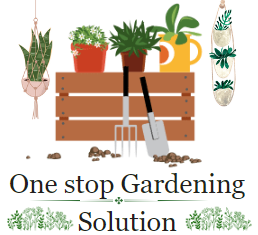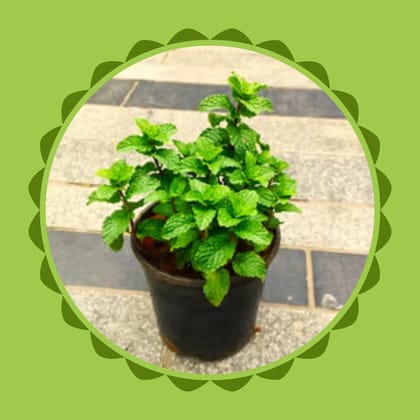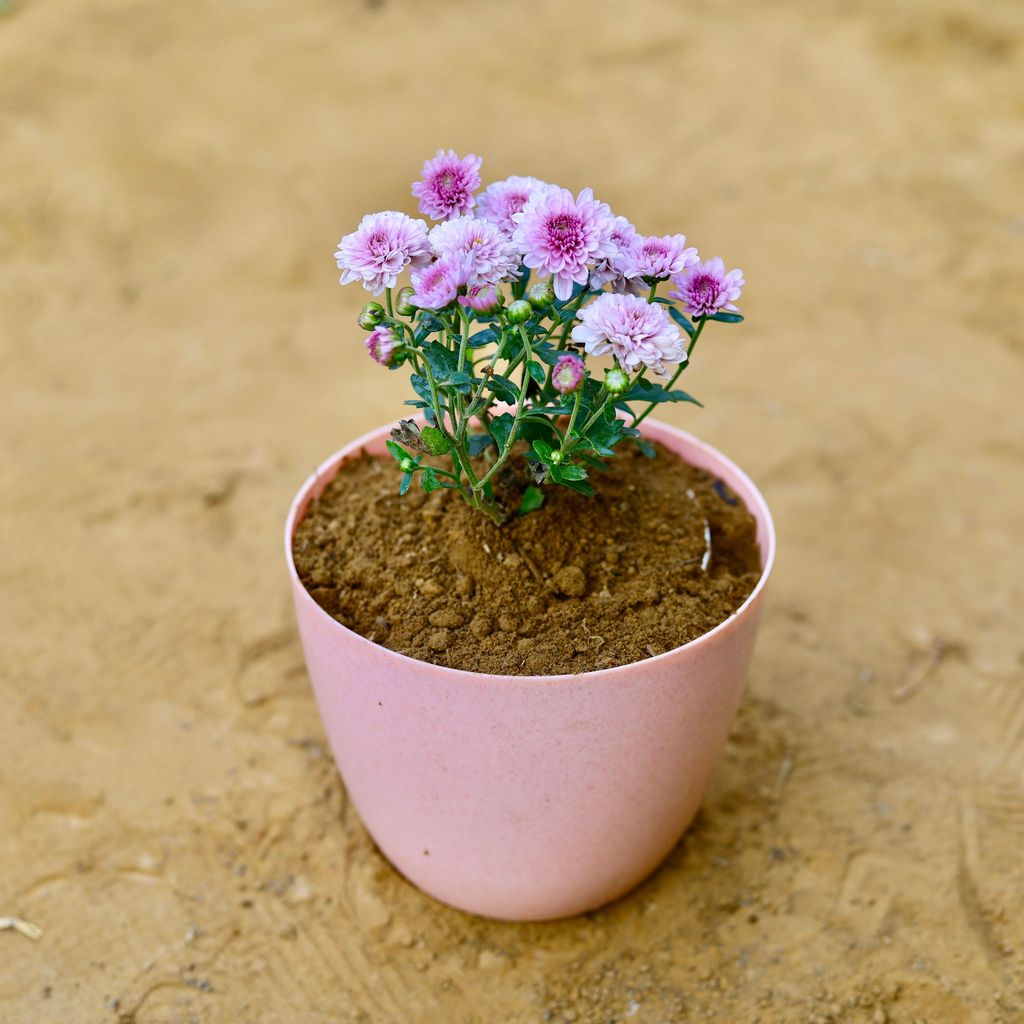
- Plants
- Plants
- Pots
- Pots
- Soil & More
- Soil & More
- Home Decor Plants
- Home Decor Plants
- Seeds
- Seeds
- Tools
- Tools
- Gifting
- Gifting
- Bulk Gifting
- Bulk Gifting
- Others
- Others
- Sale
- Sale
- Best Sellers
- Best Sellers
Urvann
Urvann is your one-stop online nursery for plants, planters, gardening accessories, and tools. Order fresh plants and get free home delivery on the next day!
EN673f36b5c88bed00249e6268 ATUL0821 - Chrysanthemum / Guldawari / Guldaudi (any colour) in 6 Inch Pink Marble Premium Orchid Round Plastic Pot https://www.urvann.com/s/6176774ef575bbd2b3331c8a/673f36b7c88bed00249e627d/1percent20-174-.jpg
Chrysanthemums - Guldawari’s are a botanical wonder in various hues. They are big-headed flowering plants and almost seem like a bespeckled crown sitting atop their dark green leaves. These flowers are especially common in Eastern Asia and have often been extravagantly depicted in works of art. These flowers are of great importance in the floral industry as they are widely used for ornamental purposes. You might also be interested to know that the flower holds cultural significance in many parts of the world.
Benefits of Chrysanthemum Plants
Beyond their captivating beauty, these flowers have been endowed with a host of other benefits too.
 Stress Reduction:
Stress Reduction:
The delicate fragrance of Chrysanthemum blooms wafting through our homes carries calming and soothing properties, making it a natural stress reliever. The fragrance creates a serene and relaxing atmosphere.
 Skincare :
Skincare :
Chrysanthemum extracts are used in many skincare products. They have been known to have anti-inflammatory and antioxidant properties. Properties such as these help in soothing skin irritations, reduce redness, and protects the skin from sun damage.
 Culinary Delight :
Culinary Delight :
In many cuisines, the Chrysanthemum petal is used to add a subtle, slightly bitter flavor to the dishes. The petals are also often used in salads, teas, and sometimes desserts. All of this enhances the visual appeal of the culinary experience.
 Companion Planting :
Companion Planting :
Chrysanthemums have natural insect-repellent properties and are planted alongside other plants as companions to ward off harmful insects and pests. They have the ability to deter nematodes, aphids, and other garden pests. This makes them a valuable addition.
Care Tips for Chrysanthemum Plants
 Watering :
Watering :
Check to see if the topmost layer of the soil is moist, and then water it. Chrysanthemum plants prefer moist soil, and since you will keep them outdoors, keep a check on moisture levels.
![]() Sunlight :
Sunlight :
Place the Chrysanthemum plants in a location that receives the maximum amount of sunlight.
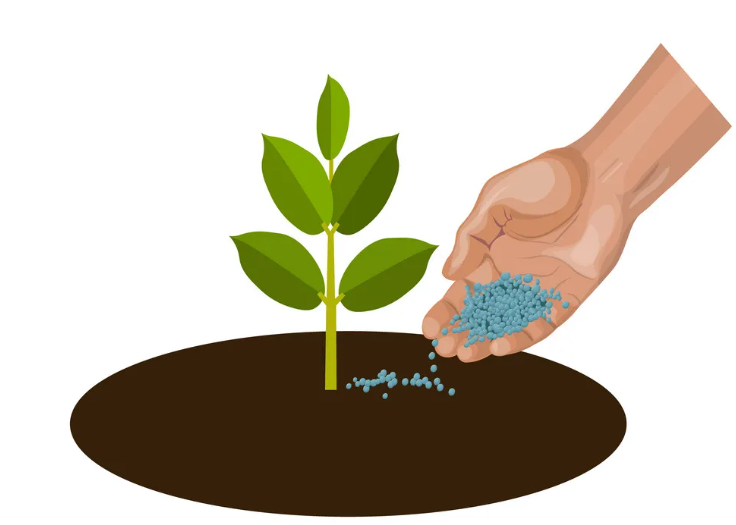 Fertilization :
Fertilization :
Fertilizing Flowering plants need a lot of nutrition. Make sure you add Vermicompost to your Chrysanthemum plant every 10-15 days.
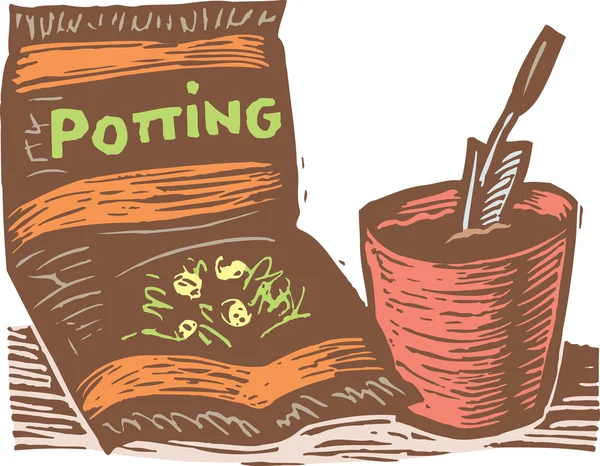 Ideal Soil Mix :
Ideal Soil Mix :
Soil is of great importance in the overall growth of the plants. The ideal soil mix of Chrysathemum plants should be, Garden Soil (35%) + Cocopeat (30%) + Vermicompost (30%) + Neem Khali (5%).
 Pruning :
Pruning :
Keep pruning and pinching your Chrysanthemum plants to encourage branching. It is also important to remove deadheads.
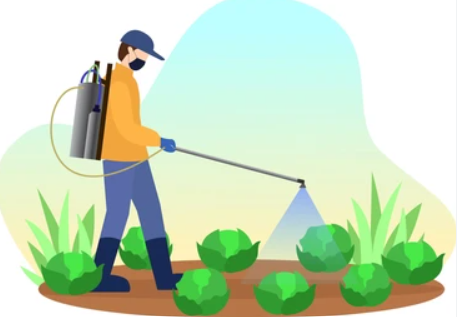 Pest Control :
Pest Control :
Chrysanthemum plants are vulnerable to fungus attacks, aphids, mealy bugs and mites. As a precautionary measure, you can spray neem oil spray on your plant every two weeks.
Frequently Asked Questions about Chrysanthemum Plants
1. How to care for Chrysanthemum flowers?
Chrysanthemum plants require at least 6-8 hours of direct sunlight per day. Water the plants regularly in the summers, ensuring that the soil remains consistently moist but not waterlogged.
Keep removing deadheads as well to encourage new blooms.
2. Are Chrysanthemums perennial or annual plants?
Chrysanthemums are annual flowers, and return season after season with proper care.
3. How can I propagate Chrysanthemums?
The flowers can be propagated through division or stem cuttings. Dig up an established plant and separate the root system into sections, each containing roots and shoots. Replant the divided sections of the Chrysanthemum plant into different pots and water consistently.
4. Are Chrysanthemums easy to grow?
They are very easy to grow although specific care and requirements may vary if planting a different variety of Chrysanthemums. In general, the plant will thrive with basic care and nutrition.
5. Is Chrysanthemum a pet-friendly plant?
Yes, the Chrysanthemum plant can be toxic to pets, if ingested in large quantities. It may cause gastric irritation, drooling, or vomiting. It is a good idea to keep the plant away from the reach of your pets.
6. Where can I buy Chrysanthemum plants?
Head over to Urvann, India’s favorite online nursery, and browse from their extensive collection of plants.
.
ATUL0821in stockINR 119
1 5
Email ID already exists!
Your Current password is incorrect
Password Updated Successfully
Thanks for your Feedback
- Home
- Insect Repellent Plants
- Mosquito Repellent Plants
- ATUL0821 - Chrysanthemum / Guldawari / Guldaudi (any colour) in 6 Inch Pink Marble Premium Orchid Round Plastic Pot
ATUL0821 - Chrysanthemum / Guldawari / Guldaudi (any colour) in 6 Inch Pink Marble Premium Orchid Round Plastic Pot
₹119₹369 (68%OFF)
Features
- Large flower heads
- Great ornamental value
- Intricate Petal Arrangement
- Stunning flowers growing in round pom-pom shapes
- Come in various vibrant colors like white, magenta, yellow, etc
Description of product
Chrysanthemums - Guldawari’s are a botanical wonder in various hues. They are big-headed flowering plants and almost seem like a bespeckled crown sitting atop their dark green leaves. These flowers are especially common in Eastern Asia and have often been extravagantly depicted in works of art. These flowers are of great importance in the floral industry as they are widely used for ornamental purposes. You might also be interested to know that the flower holds cultural significance in many parts of the world.
Benefits of Chrysanthemum Plants
Beyond their captivating beauty, these flowers have been endowed with a host of other benefits too.
 Stress Reduction:
Stress Reduction:
The delicate fragrance of Chrysanthemum blooms wafting through our homes carries calming and soothing properties, making it a natural stress reliever. The fragrance creates a serene and relaxing atmosphere.
 Skincare :
Skincare :
Chrysanthemum extracts are used in many skincare products. They have been known to have anti-inflammatory and antioxidant properties. Properties such as these help in soothing skin irritations, reduce redness, and protects the skin from sun damage.
 Culinary Delight :
Culinary Delight :
In many cuisines, the Chrysanthemum petal is used to add a subtle, slightly bitter flavor to the dishes. The petals are also often used in salads, teas, and sometimes desserts. All of this enhances the visual appeal of the culinary experience.
 Companion Planting :
Companion Planting :
Chrysanthemums have natural insect-repellent properties and are planted alongside other plants as companions to ward off harmful insects and pests. They have the ability to deter nematodes, aphids, and other garden pests. This makes them a valuable addition.
Care Tips for Chrysanthemum Plants
 Watering :
Watering :
Check to see if the topmost layer of the soil is moist, and then water it. Chrysanthemum plants prefer moist soil, and since you will keep them outdoors, keep a check on moisture levels.
![]() Sunlight :
Sunlight :
Place the Chrysanthemum plants in a location that receives the maximum amount of sunlight.
 Fertilization :
Fertilization :
Fertilizing Flowering plants need a lot of nutrition. Make sure you add Vermicompost to your Chrysanthemum plant every 10-15 days.
 Ideal Soil Mix :
Ideal Soil Mix :
Soil is of great importance in the overall growth of the plants. The ideal soil mix of Chrysathemum plants should be, Garden Soil (35%) + Cocopeat (30%) + Vermicompost (30%) + Neem Khali (5%).
 Pruning :
Pruning :
Keep pruning and pinching your Chrysanthemum plants to encourage branching. It is also important to remove deadheads.
 Pest Control :
Pest Control :
Chrysanthemum plants are vulnerable to fungus attacks, aphids, mealy bugs and mites. As a precautionary measure, you can spray neem oil spray on your plant every two weeks.
Frequently Asked Questions about Chrysanthemum Plants
1. How to care for Chrysanthemum flowers?
Chrysanthemum plants require at least 6-8 hours of direct sunlight per day. Water the plants regularly in the summers, ensuring that the soil remains consistently moist but not waterlogged.
Keep removing deadheads as well to encourage new blooms.
2. Are Chrysanthemums perennial or annual plants?
Chrysanthemums are annual flowers, and return season after season with proper care.
3. How can I propagate Chrysanthemums?
The flowers can be propagated through division or stem cuttings. Dig up an established plant and separate the root system into sections, each containing roots and shoots. Replant the divided sections of the Chrysanthemum plant into different pots and water consistently.
4. Are Chrysanthemums easy to grow?
They are very easy to grow although specific care and requirements may vary if planting a different variety of Chrysanthemums. In general, the plant will thrive with basic care and nutrition.
5. Is Chrysanthemum a pet-friendly plant?
Yes, the Chrysanthemum plant can be toxic to pets, if ingested in large quantities. It may cause gastric irritation, drooling, or vomiting. It is a good idea to keep the plant away from the reach of your pets.
6. Where can I buy Chrysanthemum plants?
Head over to Urvann, India’s favorite online nursery, and browse from their extensive collection of plants.
.
Related products
User reviews
1 Review
I am very happy, I received all healthy plants the next day of orderingNov 30, 2024 2:13:48 PM
Urvann is your one-stop online nursery for plants, planters, gardening accessories, and tools. Order fresh plants and get free home delivery on the next day!
Information
Major Categories
Gifting
Offers under 99
Offers Under 199
Plants
- Indoor Plants
- Low Maintenance Plants
- Flowering Plants
- Outdoor Foliage Plants
- Religious & Sacred Plants
- Air Purifying Plants
- Cactus & Succulents
- Good Luck Plants
- Plants by Location
- Plants of the Month
- Herbs-Medicinal & Vegetable Plants
- Fruit Plants
- Monsoon Plants
- Hanging Plants
- Potted Plants
- Bonsai Plants
- Special Plant Combos
- Bamboo Plant
- Pet Friendly Plants
- Plants to grow in Water
- Mosquito Repellent Plants
- Climbers & Creepers
Gardening Tools & Equipments
Soil & Fertilizers
Membership & Gift Cards
ADDRESS
Urvann India Private Limited
E-176
Delhi
Delhi 110060
IN
NEWSLETTER
Subscribe to get Email Updates!
Thanks for subscribe.
Your response has been recorded.
India's Number 1 Choice for Plants | Urvann India Private Limited


